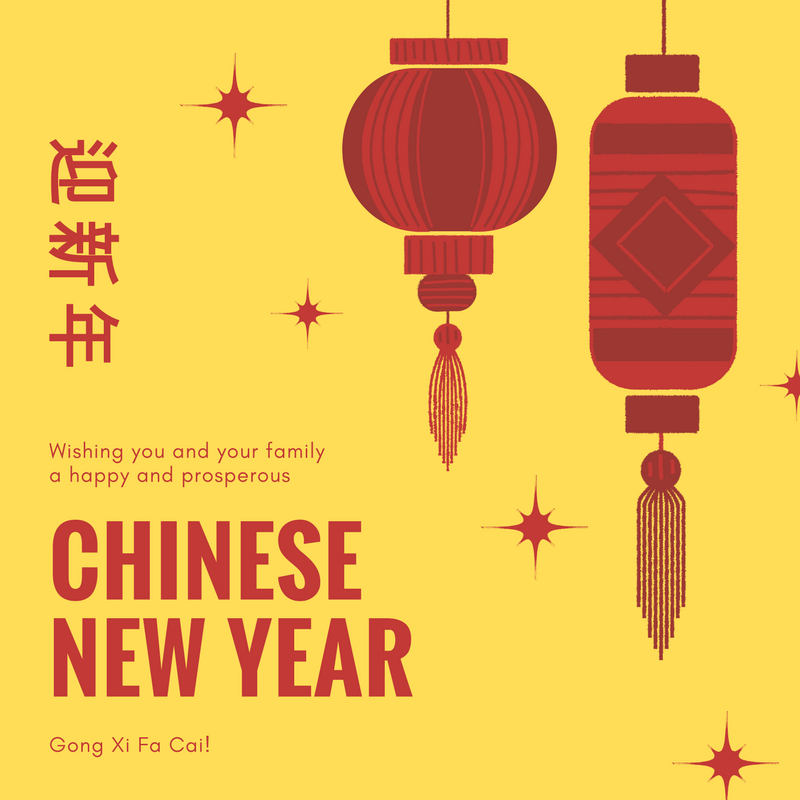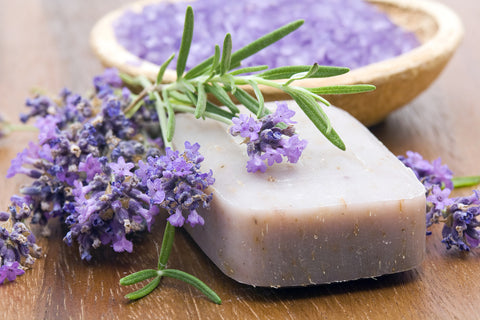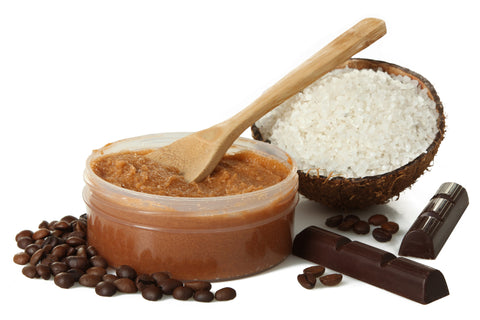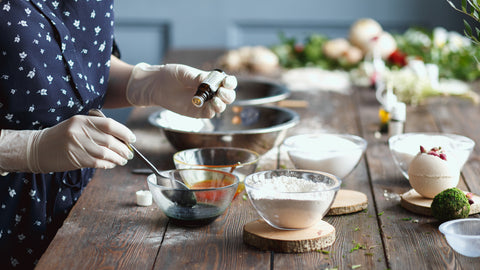
2017 Year of Chinese Yin Fire Rooster
A Little Chinese New Year History
The exact origins of the New Year celebration in China are unclear. It is said to have begun from the year-end religious ceremony during the Shang Dynasty (1766 BC - 1122 BC). A few believe that it started as early as Emperors Yao and Shun (~2300 BC). At the beginning, the date of celebration varied from mid-winter to early spring. With the maturity of the solar base calendar, Emperor Wu (157 BC - 87 BC) of the Han Dynasty (206 BC - 220), established the first day of the first month as the beginning of the year, where it remains. The following is a brief list:
- Emperor Yao and Emperor Shun (~ 2300 BC):
- Small scale New Year celebration type of activities.
- Shang Dynasty (1766 BC - 1122 BC):
- New Year celebration started from religious ceremony.
- Han Dynasty (206 BC - 220):
- New Year celebration is official at the first day of the first month and crack bamboo appeared. (Crack bamboo will create loud cracking sound when put on fire. It is believed that the sound drives away evil.)
- Wei Dynasty (220 - 265) and Jin Dynasty (265 - 420):
- Fireworks used in New Year celebration. The tradition of Shou Sui formed.
- Song Dynasty (960 - 1279):
- Fireworks using gunpowder began
According to tales and legends, the beginning of Chinese New Year started with the fight against a mythical beast called the Year. The Year looks like an ox with a lions head and inhabits the sea. On the night of New Year's Eve, the Year will come out to harm people, animals and properties. Later, people learned that the Year fears the color red, fire and loud sounds. For self-protection, people began posting red Dui Lian in front of their homes, launched fireworks and hung lanterns at the years end.


Chinese New Year Traditions
Cleaning
A few days before the Chinese New Year, people will do a complete cleaning of the house and house wares. This signifies the removal of the old and the welcoming of the new. When bathing did not occur often, people would take one to welcome the New Year. A great natural cleaning solution can be made from Vinegar, Lemon Essential Oil andMay Chang Essential Oil. One of the following can be added to give your blend a woodsy aroma: Siberian fir, Cedarwood or Black spruce. Any variation of these blends will make your home smell inviting for the New Year.
Opening all the windows and doors in all parts of the home is said to bring in clean and (new) good luck for the year.
Switch on all of the lights in the home inside and out as this is said to attract good luck from outside and if the windows and doors are wide open it is easy for the luck to enter. The bright lights and open windows are also used to scare away evil spirits.
It is said that buying a new pair of slippers for New Year will stop people from gossiping about you. In China, face and reputation are very important.
Decoration
After the cleaning, people will decorate the house to welcome the New Year. Most of the decorations are red in color. The most popular New Year decorations are upside down, such as Fu dui lian, lanterns, year paint, paper cutting and door gods.



Upside Down Fu
The most popular of the Chinese New Year crafts would be the upside down character of "Fu". "Fu" in Chinese means luck, happiness, and prosperity. When it is upside down, it means "coming". This craft means that luck, happiness, and prosperity is immediately in our future. Usually the "Fu" is written on a diamond shaped paper with a red background. People normally post the "Fu" on their front doors or on living room walls.


Red Packets
The Red Packet is a red envelope that contains money. The amount can range from one to a few thousand Chinese Yuan. Red packets are usually given by adults (especially married couples) and the elderly to young children (in the New Year days.) It is believed that the money in the red packet will suppress evil from the children, keep them healthy and give them a long life.

The Dragon
The dragon is a very popular symbol for the Chinese New Year. It is a symbol of strength and good luck. A Chinese New Year celebration would not be complete without a giant dragon parading down the street. The dragon costume is always very colorful and can be up to 100 feet long. People inside the costume make the dragon move up and down as it zigzags past the spectators.



Chinese New Year food traditions
One of my favorite customs of the Chinese New Year is the setting up of an altar. Altars are usually adorned with lucky foods and photos honoring deceased ancestors.
The most common Chinese New Year foods include dumplings, fish, spring rolls and niangao. Each of these foods has a special meaning:
- Fish — an Increase in Prosperity. (There are rules on how the fish is to be served and eaten)
- Chinese Dumplings — Wealth.
- Spring Rolls — Wealth.
- Glutinous Rice Cake — a Higher Income or Position.
- Sweet Rice Balls — Family Togetherness.
- Longevity Noodles — Happiness and Longevity. (The longer the noodle the more happiness and longevity there will be in ones life)
Oranges and Tangerines
The Chinese associate gifts of oranges and tangerines as having an abundance of happiness and prosperity. The bright orange color of the fruits also symbolizes ‘gold’ therefore, it has an auspicious meaning to bring in good luck and wealth.
Displaying and eating these fruits is said to bring wealth and luck. According to the Chinese Culture Center of San Francisco, the tradition stems from the way the Chinese words for gold and orange sound alike, while the word for tangerine echoes luck. The Chinese tradition Lum symbolizes good luck. When it comes to oranges and tangerines, Lum states that leaves are good because leaves symbolize longevity.



Chinese New Year is very much a family event where the social side of things is concerned. It is a time of reunion and thanksgiving. The Chinese believe that as they enter a new year, they should start a new beginning.
The Year of the Rooster
The Year of the Rooster will be a powerful one, with no middle of the road when it comes to moving forward. The Rooster symbol is also described as a cock with it’s held high and chest puffed out, while strutting his stuff. This year, impressions count. You’ll want to look your best and be clear on your intentions concerning love, money, and business. Stick to practical and well-proven paths to ensure success, rather than risky ventures.In a Rooster Year, all of the Chinese animals can reap great rewards by tapping into Rooster traits. Loyalty, commitment, hard work, family values, and top-notch appearances are just some of the characteristics that will be rewarded this year.

“As the Rooster crows!”




